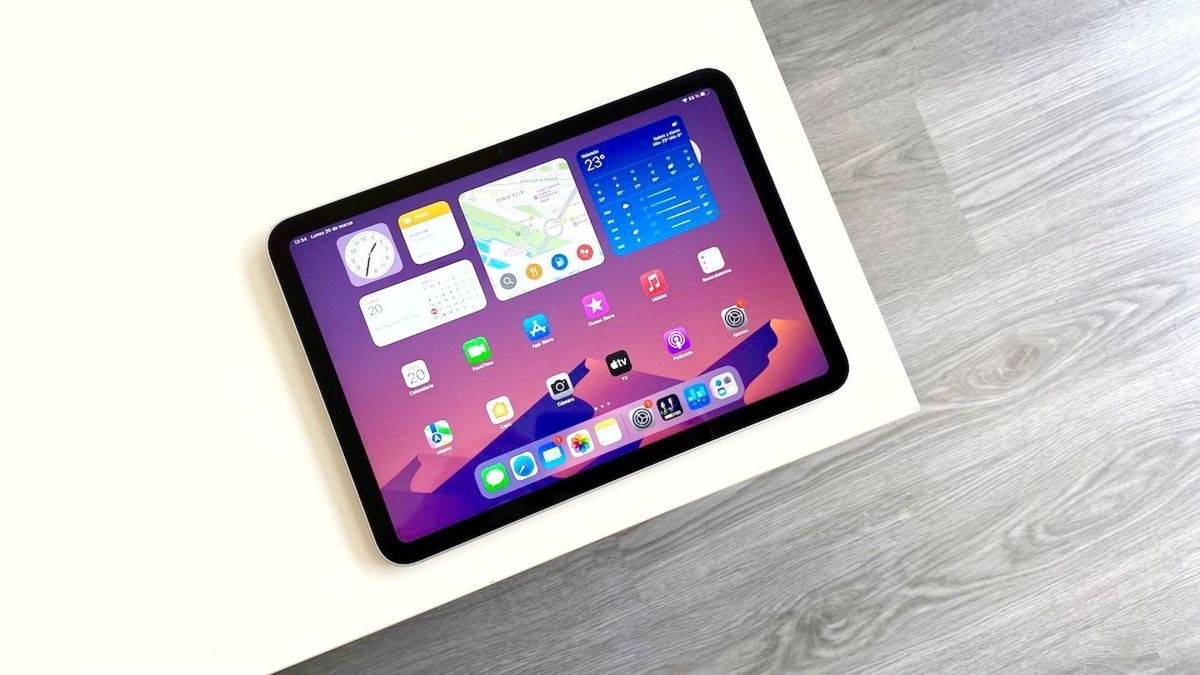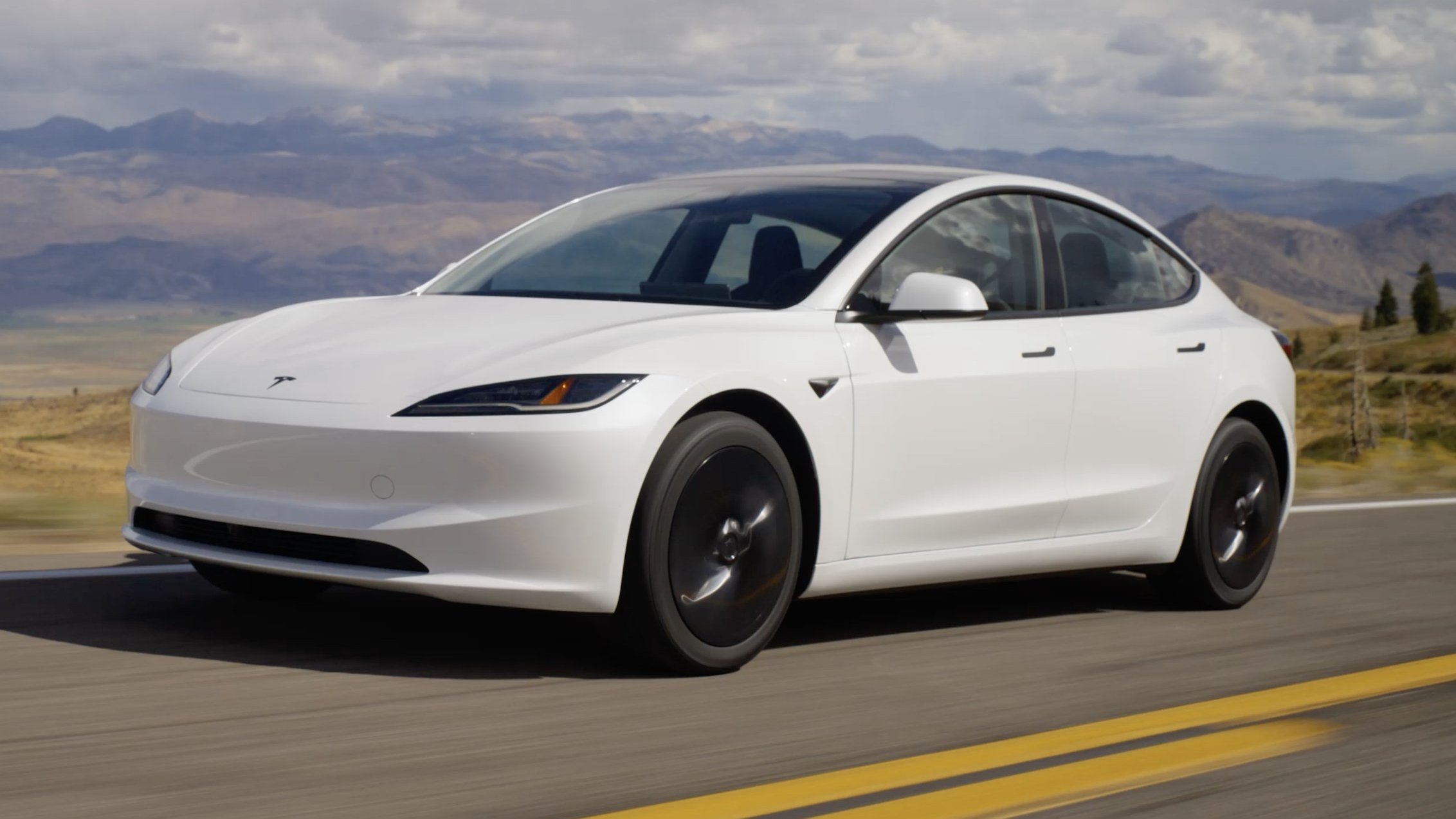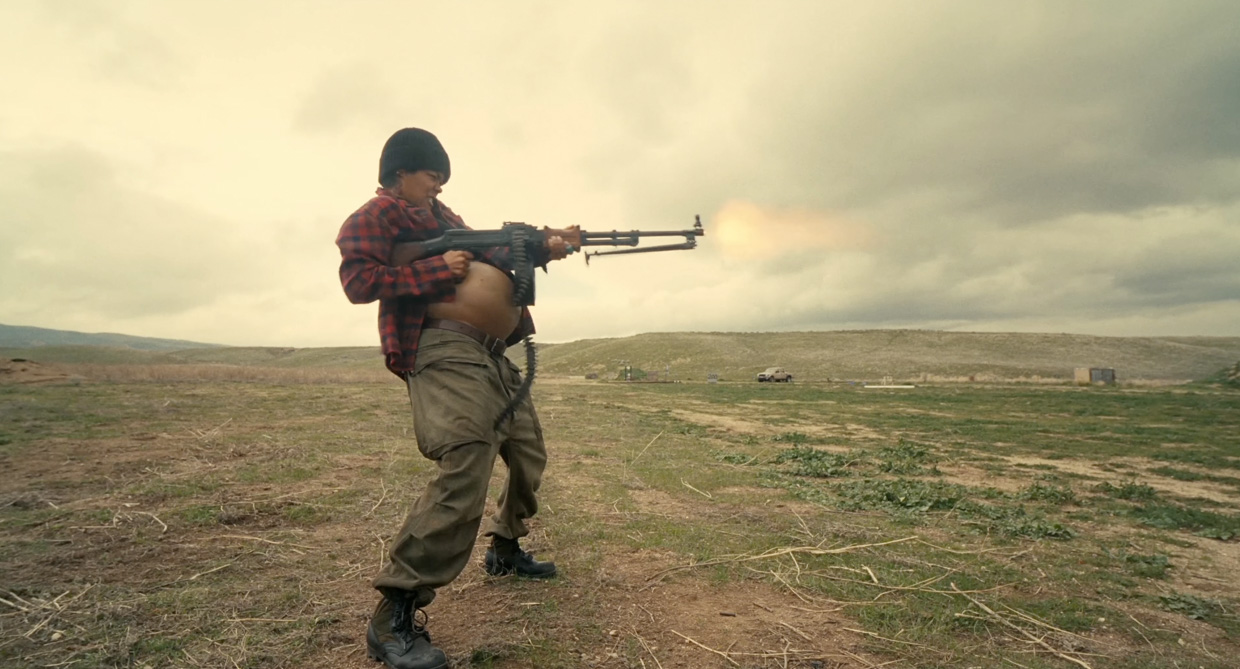OpenAI is the most talked about IT company of the last two years. Its main product, ChatGPT, has become a trend that has not lost its relevance for a long time.
However, amid this success of the company, some key employees left. Many of them have launched their own startups in the field of artificial intelligence, and some of the projects have already raised these billions of dollars.
To date, 23 people have left OpenAI and gone on to become their own company.
Ilya Sutskever, Safe superintelligence
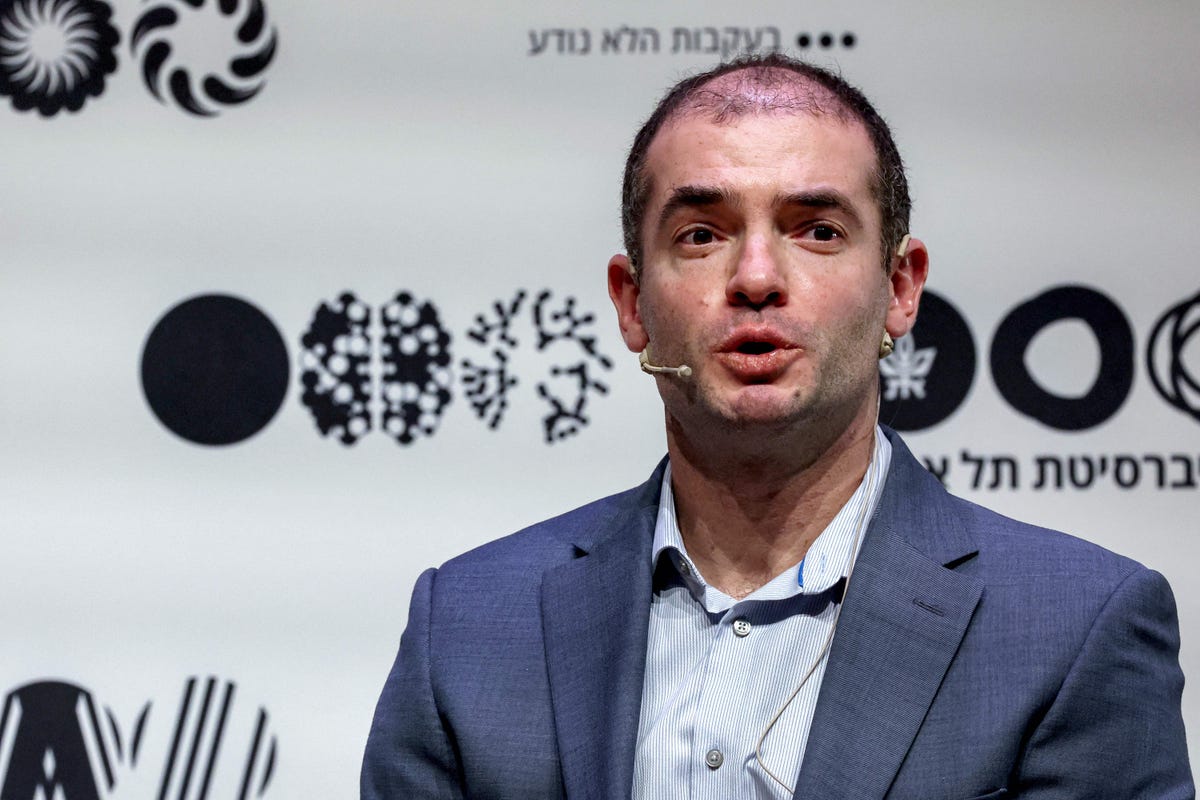
💰 Amount of funding: $1 billion
👥 Number of employees: 10
🏦 Investors: NFDG, a16z, Sequoia, DST Global, SV Angel.
Ilya Sutskever is the co-founder of OpenAI. He was born in Nizhny Novgorod in 1986, in 1991 the family emigrated to Israel, and in 2002 moved to Canada.
At the company, he served as chief scientific officer and was one of the initiators of the significant resignation of CEO Sam Altman. After Altman returned, Sutskever turned to OpenAI.
In 2023, at OpenAI, he launched the Superalignment project, the goal of which was that artificial intelligence would not harm people and would benefit humanity.
What ChatGPT-4o can do. Let’s figure out the difference and big advantages of the new neuron from OpenAI
In May 2024, Sutskever will introduce a new company, Safe Superintelligence, developing safe AI systems. Its co-founders were Daniel Gross and Daniel Levy. In September of this year, the startup attracted $1 billion in investments.
Andrey Karpaty, Eureka Labs
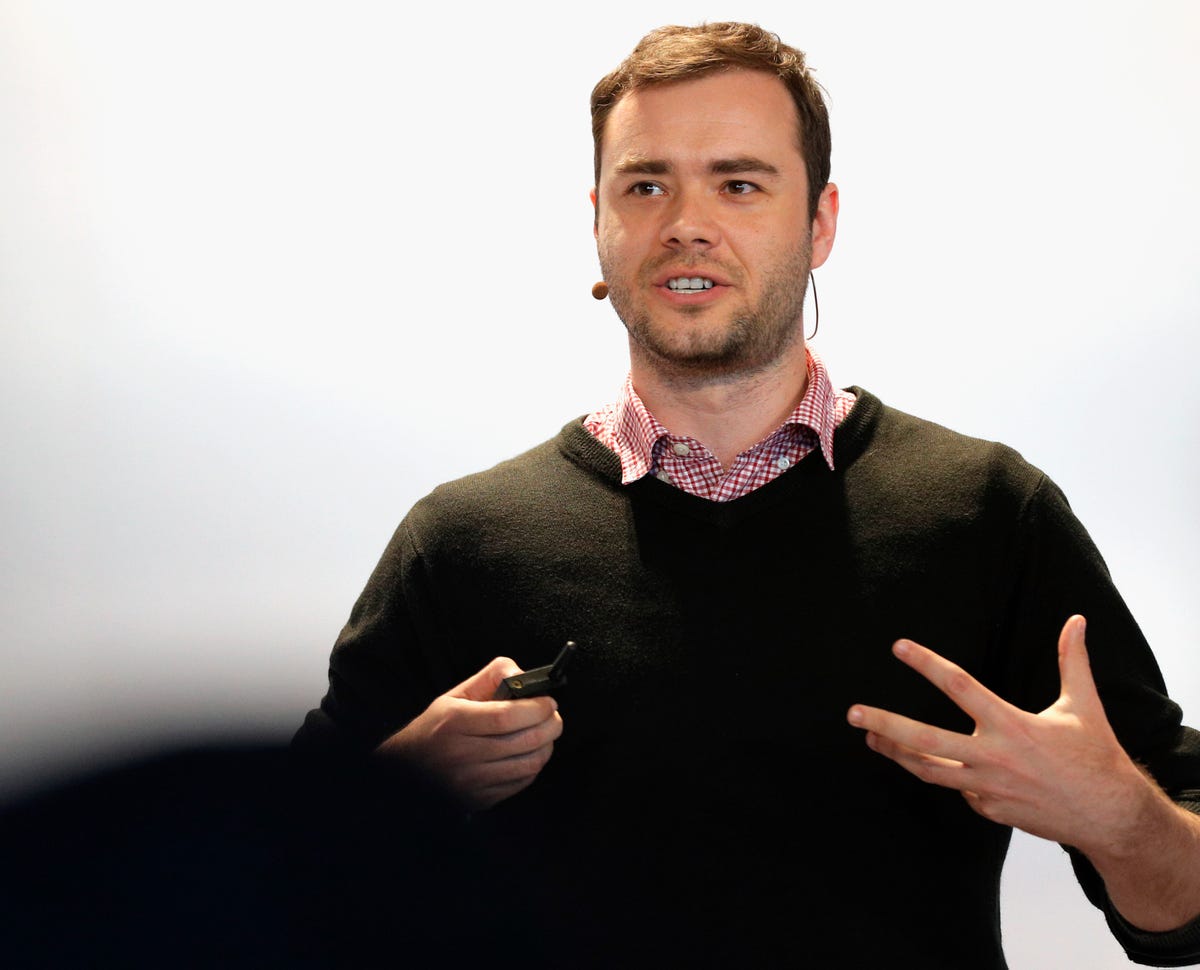
💰 Amount of funding: unknown
👥 Number of employees: unknown
🏦 Investors: unknown
Andriy Karpaty is also a co-founder of OpenAI. Born in Czechoslovakia in 1986, he and his family moved to Canada in 2001.
Carpathians suddenly left OpenAI. He first left for Tesla in 2017, where he headed the autopilot development team.
At the beginning of 2023, Karpaty returned to OpenAI, but already in February 2024 they turned to the company again to take on their own project.
Eureka Labs is an artificial intelligence school that trains people to work with large language models. Eureka Labs has not raised any funding to date.
Mira Murati and Barrett Zof, unknown

Mira Murati
💰 Amount of funding: unknown
👥 Number of employees: unknown
🏦 Investors: unknown
Mira Murati’s departure from OpenAI sent shockwaves through the tech community. She served as the company’s chief technology officer and served as interim CEO following the ouster of Sam Altman.
Details about her new startup are not yet known, but Murati is pursuing independent efforts to raise more than $100 million in funding.
Joining Murati’s company is Barrett Zoph, former OpenAI vice president of research. He announced his departure from the company in September at the same time as Mira Murati and former chief employee Bob McGrew.
Dario Amodei, Daniela Amodei, Jack Clarke, Thom Browne, Jared Kaplan and Sam McCandlish, Anthropic

Dario Amodei, Jack Clark and Daniela Amodei
💰 Amount of funding: $7.25 billion
👥 Number of employees: 300
🏦 Investors: Google, Amazon, Menlo Ventures.
Anthropic is spinning out of OpenAI in 2021 and specializes in creating “safe” generative AI based on the Claude model.
The company’s CEO, Dario Amodei, was previously OpenAI’s vice president of research and previously worked at Google Brain. Since 2016, Amodei has regularly warned of the potentially catastrophic consequences of AI development.
His sister Daniela Amodei approached OpenAI in 2019 after OpenAI partnered with Microsoft.
We compared Yandex and Sber chatbots with Western ChatGPT. Who understood the questions in English better?
The company is incorporated as a public benefit corporation with an independent board of trustees. In 2023, Anthropic published an AI risk mitigation plan developed by physicist Sam McCandlish.
Anthropic’s core product is so-called “constitutional AI” based on principles that prevent misuse of conduct. Its creators are Tom Brown, the developer of GPT-3, and Jared Kaplan, a professor of physics.
Anthropic co-founder Jack maintained a strict policy at OpenAI, developing and implementing strategies that aligned with the company’s long-term charges.
Matt Krisiloff, Conception
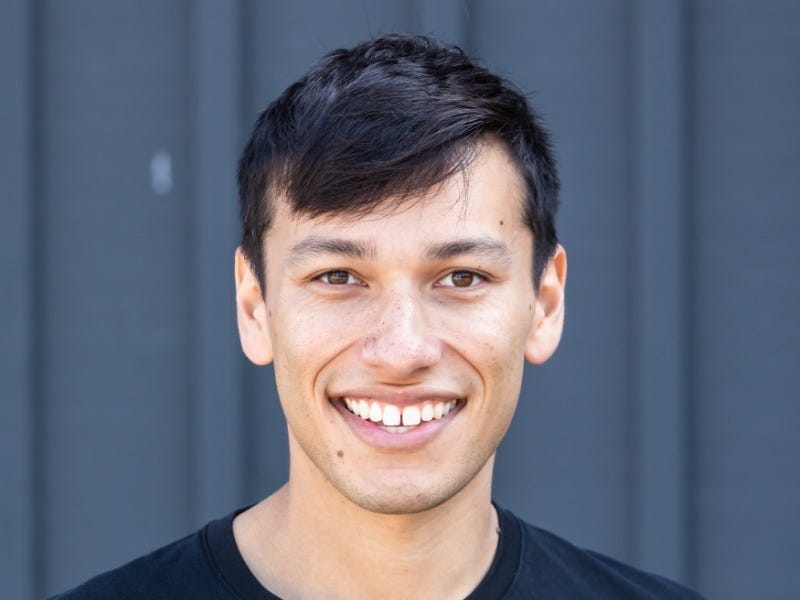
💰 Amount of funding: $40 million
👥 Number of employees: 43
🏦 InvestorsStars: Sam Altman, Laura Deming, Jaan Tallinn
Matt Krisiloff led the OpenAI space in 2015 and then moved to Y Combinator, a venture capital fund led by Samet Altman.
In 2018, Krisiloff is different from Conception. This is a medical company that works to combat infertility using stem cells to grow human eggs.
In 2021, he also introduced SciFounders, an organization that funds scientists and helps them run their own companies.
Peter Abbel, Peter Chen and Rocky Duan, Covariant

From left to right: Covariant CEO Peter Chen, President and Chief Scientist Peter Abbel, CTO Rocky Duan, Research Scientist Tianhao Zhang
💰 Amount of funding: $222 million
👥 Number of employees: 200
🏦 Investors: Index, Venture Funds, Industry Venture Funds, Temasek Holdings
Covariant is developing a universal operating system for AI robots. Its Covariant Brain model allows robots to fold clothes and pack boxes that were previously thought impossible.
The technology was created in 2016 at the Berkeley AI Lab by Peter Chen, Rocky Duan and Tianhao Zhang under the direction of Peter Abbel. They later continued their research at OpenAI, but in 2017 they encouraged her to found Covariant, focusing on commercial robotics.
Today, Covariant robots operate in sorting centers around the world.
Tim Shea, Cresta

💰 Amount of funding: $151 million
👥 Number of employees: 200
🏦 Investors: Sequoia Capital, a16z, Greylock, Tiger Global.
Tim Shea worked at OpenAI for a year, developing software to train and evaluate artificial intelligence in games and websites.
In 2017, he turned to OpenAI to found his own company, Cresta, which is creating an AI assistant. This assistant helps sales representatives improve the customer experience.
Prior to OpenAI, Shi developed systems-based machine learning extensively at Dropbox. He graduated from Tsinghua University in Beijing and currently lives in San Francisco.
Jonas Schneider, Daedalus
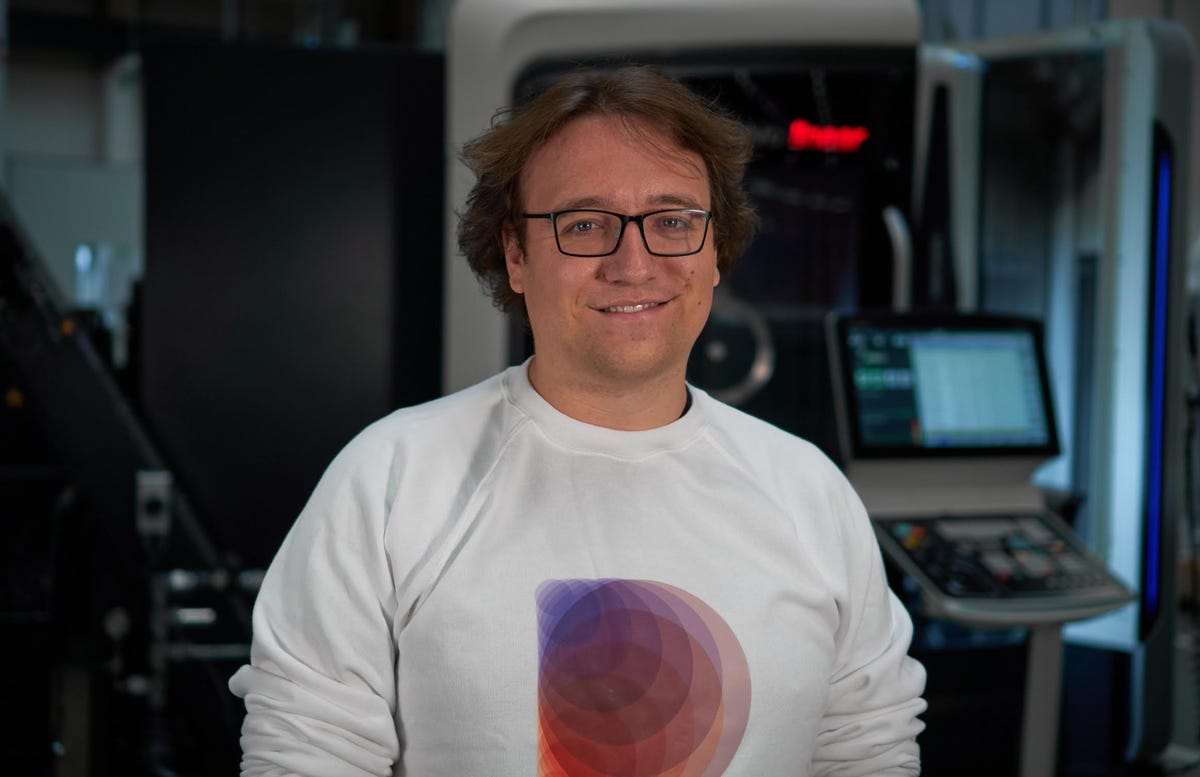
💰 Amount of funding: $21 million
👥 Number of employees: 50
🏦 Investors: Khosla Ventures, Y Combinator, LEA Partners
Jonas Schneider started working at OpenAI in 2016. Within three years, he became the head of software development at the OpenAI robotics network.
After leaving the company, he created a startup called Daedalus, which helps factories and their production robots become more efficient.
According to Schneider, Daedalus solves the main problem – the need to reprogram production robots to perform new tasks or work with new objects.
Vicki Cheung and Josh Tobin, Gantry

Vicki Cheung and Josh Tobin
💰 Amount of funding: $28.3 million
👥 Number of employees: 25
🏦 Investors: Coatue, Index Ventures, Greg Brockman
In 2020, Vicky Cheung and Josh Tobin visited Gantry, a company whose existence only became known in 2022.
Gantry develops tools for artificial intelligence training and helps developers control the data needed to train models.
I abandoned ChatGPT and switched to Bard from Google. How are they different, which is better?
Josh Tobin received his PhD in computer science from the University of Berkeley and is a senior fellow at OpenAI.
Vicki Cheung led OpenAI’s employment department and previously worked at Duolingo and Lyft.
Margaret Jennings, Kindo
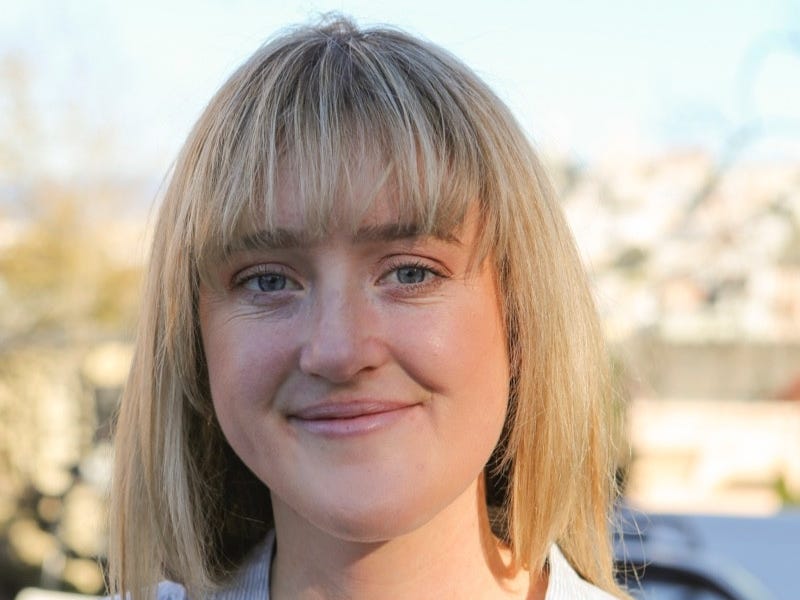
💰 Amount of funding: $7 million
👥 Number of employees: 13
🏦 Investors: Riot Ventures, Eniac Ventures
Margaret Jennings worked at OpenAI from August 2022 to January 2023. She was involved in the implementation of ChatGPT in the work of financial advisors at Morgan Stanley.
Since leaving OpenAI, she has been running Kindo, a company that helps enterprise clients automate workflows using AI.
Jeff Arnold, pilot

💰 Amount of funding: $174 million
👥 Number of employees: 250
🏦 Investors: Sequoia Capital, Index Ventures, Bezos Expeditions.
Jeff Arnold managed the OpenAI environment for 5 months in 2016. He then launched Pilot, a fintech startup that speeds up the work of accountants.
OpenAI was one of Pilot’s first clients in 2017, and Pilot in turn is an OpenAI client.
Aravind Srinivas, “Confusion”

💰 Amount of funding: $102.3 million
👥 Number of employees: 34
🏦 Investors: IVP, Jeff Bezos, Sequoia Capital, Nvidia
Perplexity originated in 2022 by former mid-level OpenAI employee Aravind Srinivas. She developed an artificial intelligence-based search engine similar to a chatbot.
The system displays search results in a video dialogue, indicating the source. The confusion is based on the different language models of other companies.
The company currently plans to raise $500 million with a payout of $9 billion.
Sharik Hashme, Prosper Robotics
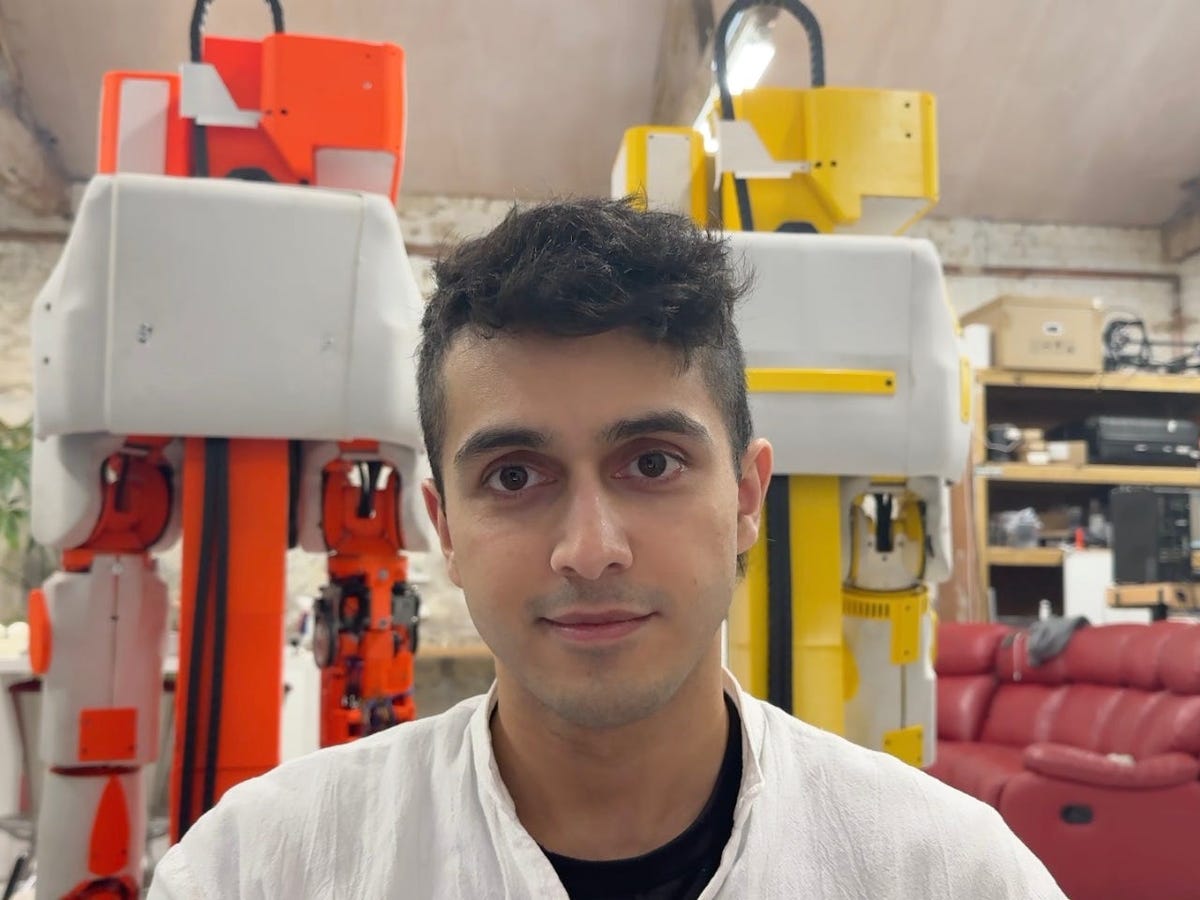
💰 Amount of funding: unknown
👥 Number of employees: 11
🏦 Investors: Scale, Anthropic, Simon Last, Notion
Shariq Hashme spent nine months as a developer at OpenAI before moving to Scale AI.
In 2021, he launched his own company, Prosper, which is developing a robot that can do household chores such as laundry, cleaning, and washing dishes.
While the robot is not yet ready to enter the market, the company is striving to make its price acceptable for many buyers.
Ishant Singh

💰 Amount of funding: unknown
👥 Number of employees: unknown
🏦 Investors: unknown
Ishant Singh worked under the guidance of Amazon Alexa voice assistant, and in 2021 he moved to OpenAI in the reliability and security team. His job was to ensure the safety of all results obtained from the AI model.
In June 2023, he left OpenAI to create his own company, the name of which is still kept secret, as are many of the details of its work.
The company is known to be developing a chatbot based on ChatGPT, which relies on enterprise data sources such as Google Drive and becomes context-aware ChatGPT. The technology is model independent, so it can work not only in ChatGPT.
According to Singha, he has been approached by more than 35 venture capital funds “thanks to the former OpenAI’s LinkedIn tag.” He added that this is common for all former OpenAI employees to raise funding for their projects.
Brief summary
Since OpenAI’s founding in 2015, former employees of the company have regularly launched successful startups, and more have emerged since the popularity of ChatGPT. The success of OpenAI has also made it easier to find funding for projects using artificial intelligence.
How to use ChatGPT in Russia. What interesting things can you do for free and for a fee?
The most successful version of such a startup is anthropic. It was created for the popularity of ChatGPT, but after that it received $7 billion in community investment from various US IT companies.
Source: Iphones RU
I am a professional journalist and content creator with extensive experience writing for news websites. I currently work as an author at Gadget Onus, where I specialize in covering hot news topics. My written pieces have been published on some of the biggest media outlets around the world, including The Guardian and BBC News.


